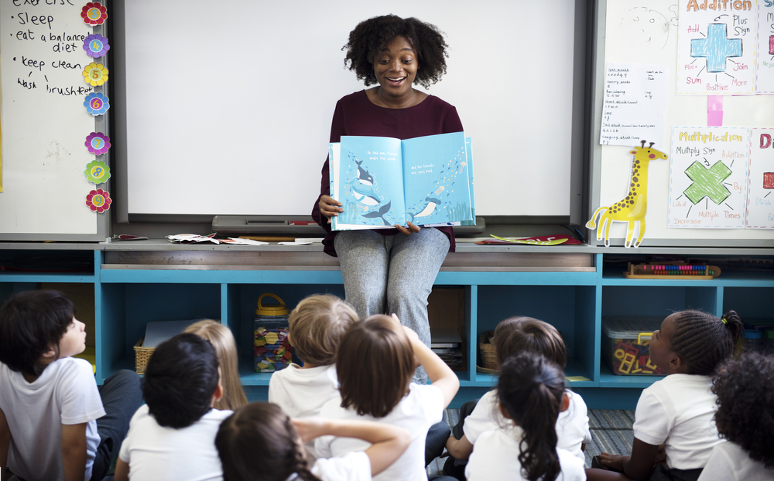CommentsOTHER WORDS-Relics of America’s harrowing past are facing new scrutiny, and rightfully so.
Statues are falling. NFL teams are renaming themselves. Even syrup brands are being discontinued.
Some critics worry that we’ll “forget our history” if we remove these racist symbols. But here’s a better idea: What if we actually taught that history in our schools?
If we did, more Americans would understand why those racist statues need to come down in the first place — along with the systemic racism they symbolize. Even more importantly, we’d be setting our kids up to be better humans who lead richer lives.
For the first 18 years of my life, I moved through a Long Island public-school district where I was taught that the last racist in America was the killer of Martin Luther King, Jr. and that Native Americans merely taught European settlers how to grow corn. My process of unlearning and relearning was long and complex, but not everyone gets the privilege of pursuing that supplemental education.
Fortunately, young people are waking up to how their education failed to prepare them to understand the reality of their peers’ lived experiences — and the history that informs those struggles.
As ongoing Black Lives Matter protests have forced a reckoning on police brutality, systemic racism, and truths that have been conveniently left untold, student coalitions are circulating petitions demanding anti-racist education curricula in schools across the country.
These students are outlining a number of steps school districts should take — including implementing a racial studies course as a graduation requirement, amplifying Black voices in humanities and science classes, and mandating that all staff attend implicit bias training.
Most urgently, they’re demanding a complete revision of U.S. history courses, calling on teachers to educate students about the darker side of our nation’s history — from the Trail of Tears to the Tulsa massacre — as well as the Black and Native Americans that have fought to make the ideals of our democracy true.
We need age-appropriate curricula tailored for all stages of K-12 education. A study by the National Center for Biotechnology Information found that by three months of age, a child begins to show a preference for faces of their own racial group — a bias that is only reinforced if it is not disrupted through transformative education.
We can’t rely on conversations about white privilege or structural racism to take place at home because frankly, they don’t. Only 10 percent of parents surveyed in a study by the Sesame Workshop discussed race consistently with their children.
If we are products of our environments, then we can assume that being a product of an anti-racist educational environment would go a long way. And it does. Assessments found that implementing an anti-racist education model at Mission High School in San Francisco improved teacher-student relationships, classroom participation among Black students, and overall academic performance.
Engaging with people from different racial backgrounds also serves white students better. A 2015 McKinsey report on 366 public companies found that those with more racial diversity in management were more likely to have financial returns above their industry mean.
Ultimately, exposure to a diverse and anti-racist education at a young age equips students with a sense of radical empathy that is not only an essential quality of leadership, but that will serve them in their relationships throughout their lives.
Taking down statues won’t erase our history if we finally start teaching it. It’s time to get to work.
(Cecelia Scheuer is a Next Leader at the Institute for Policy Studies. This op-ed was distributed by OtherWords.org.) Prepped for CityWatch by Linda Abrams.
















